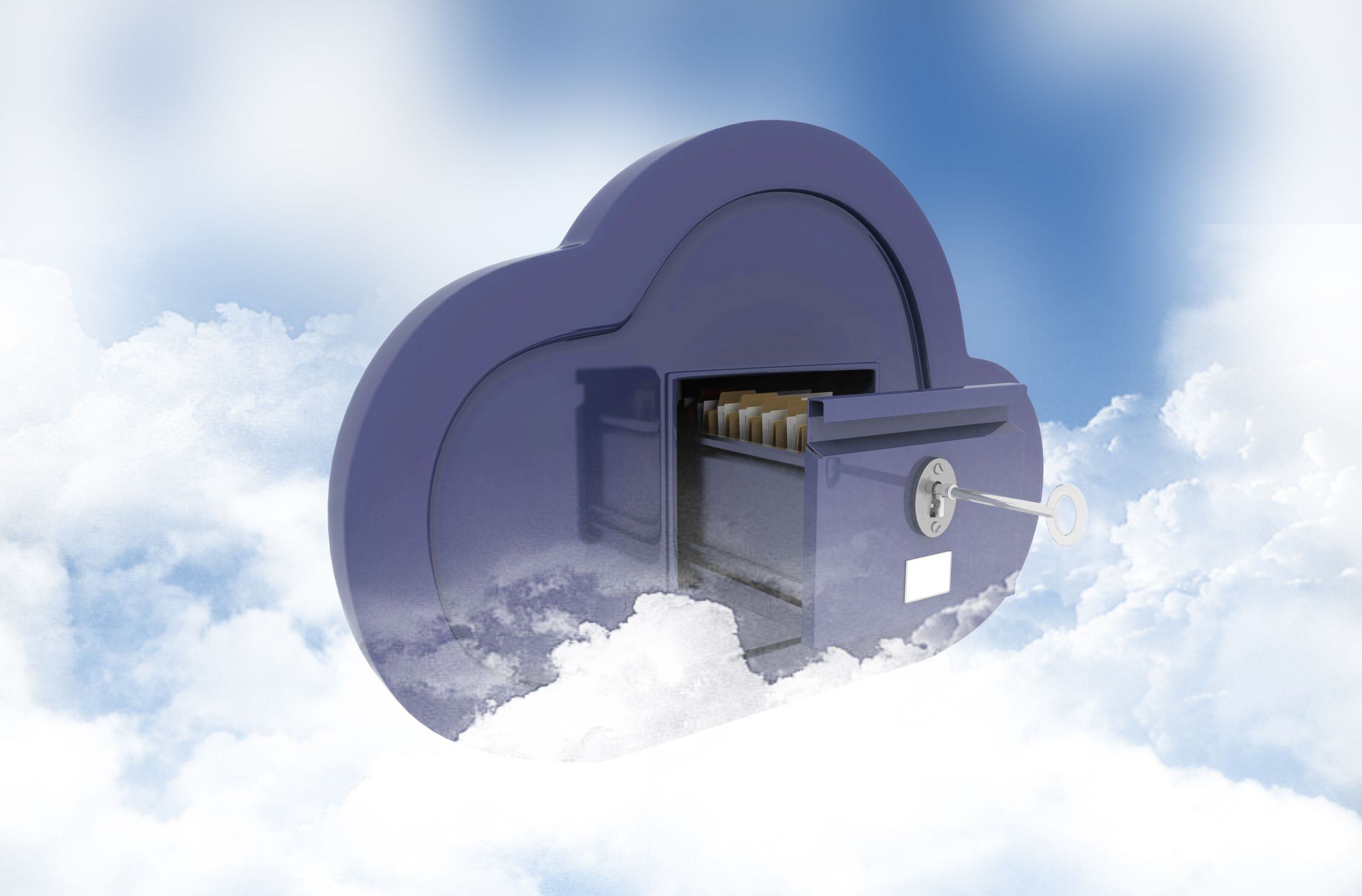As businesses move to cloud-based solutions, keeping data secure has become essential. Here’s a straightforward guide to understanding and improving cloud security.
Key Challenges
-
Data Breaches
Data breaches involve unauthorized access to sensitive data. To mitigate this risk, implement strong passwords, use encryption, and limit access to critical information.
-
Misconfiguration
Incorrect cloud settings can expose vulnerabilities. Regularly audit and update your cloud configurations to ensure security settings are correctly applied.
-
Insider Threats
Employees might accidentally or intentionally leak data. To reduce this risk, implement strict access controls, monitor user activities, and conduct regular security training.
-
Compliance Issues
Failing to follow industry regulations can lead to hefty fines. Stay updated with relevant regulations like GDPR and HIPAA, and ensure your cloud provider supports compliance requirements.
Best Practices
-
Multi-Factor Authentication (MFA)
Adding an extra layer of security, MFA requires multiple forms of verification. This significantly reduces the likelihood of unauthorized access, even if passwords are compromised.
-
Regular Updates and Patches
Keep your systems updated with the latest security patches to protect against known vulnerabilities. Automated patch management tools can simplify this process.
-
Security Audits
Conduct regular security audits to identify and address potential vulnerabilities. This includes vulnerability assessments, penetration testing, and reviewing access controls.
-
Data Encryption
Encrypt data both at rest and in transit to protect it from unauthorized access. Use strong encryption algorithms and manage encryption keys securely.
-
Employee Training
Regularly train employees on security best practices, such as recognizing phishing attempts, maintaining good password hygiene, and reporting suspicious activities.
Using Cloud Provider Tools
Leverage the security tools offered by cloud providers. These may include:
-
Identity and Access Management (IAM): Manage user permissions and access.
-
Security Information and Event Management (SIEM): Monitor and respond to threats in real-time.
-
Data Loss Prevention (DLP): Protect sensitive data from being lost or stolen.
-
Firewall Services: Protect against network-based threats.
Stay ahead of the wave

Comments